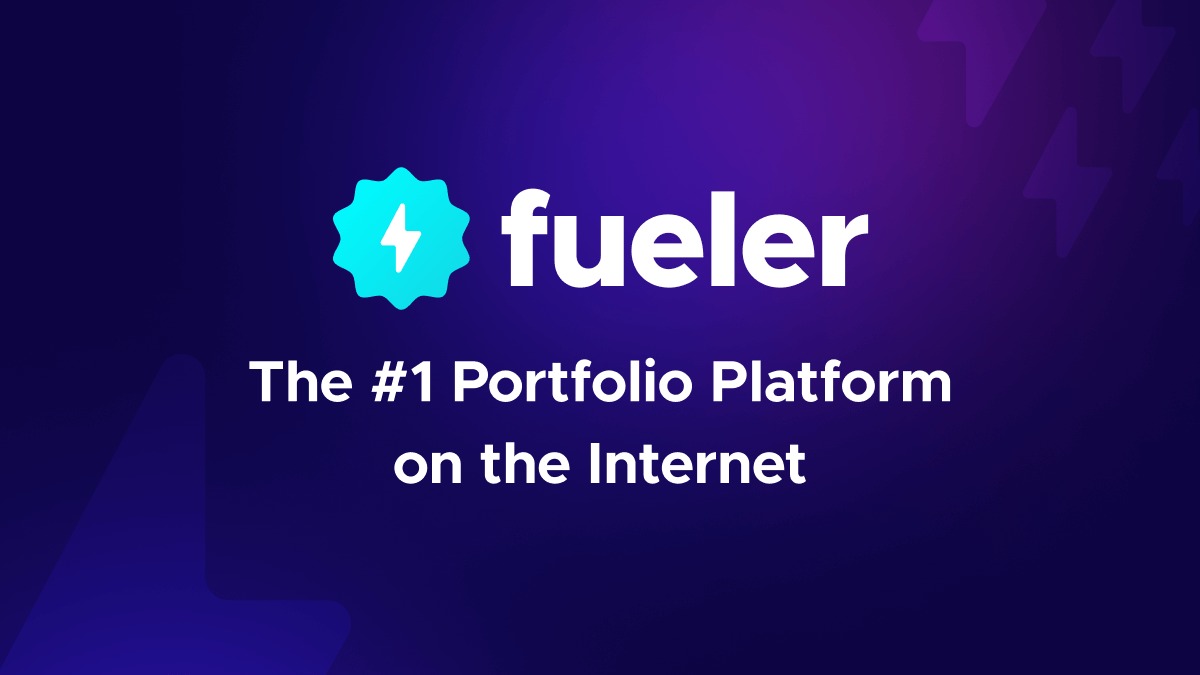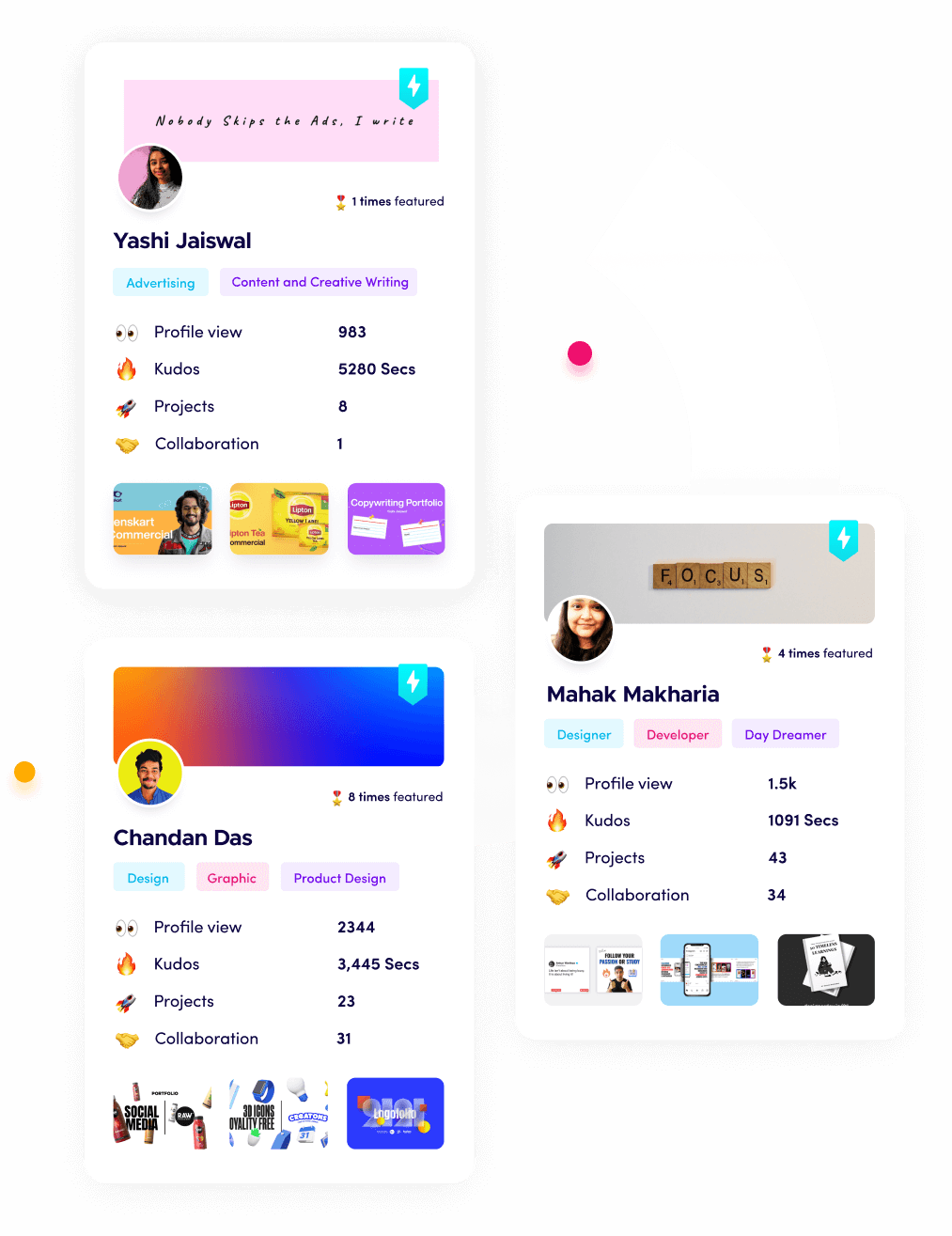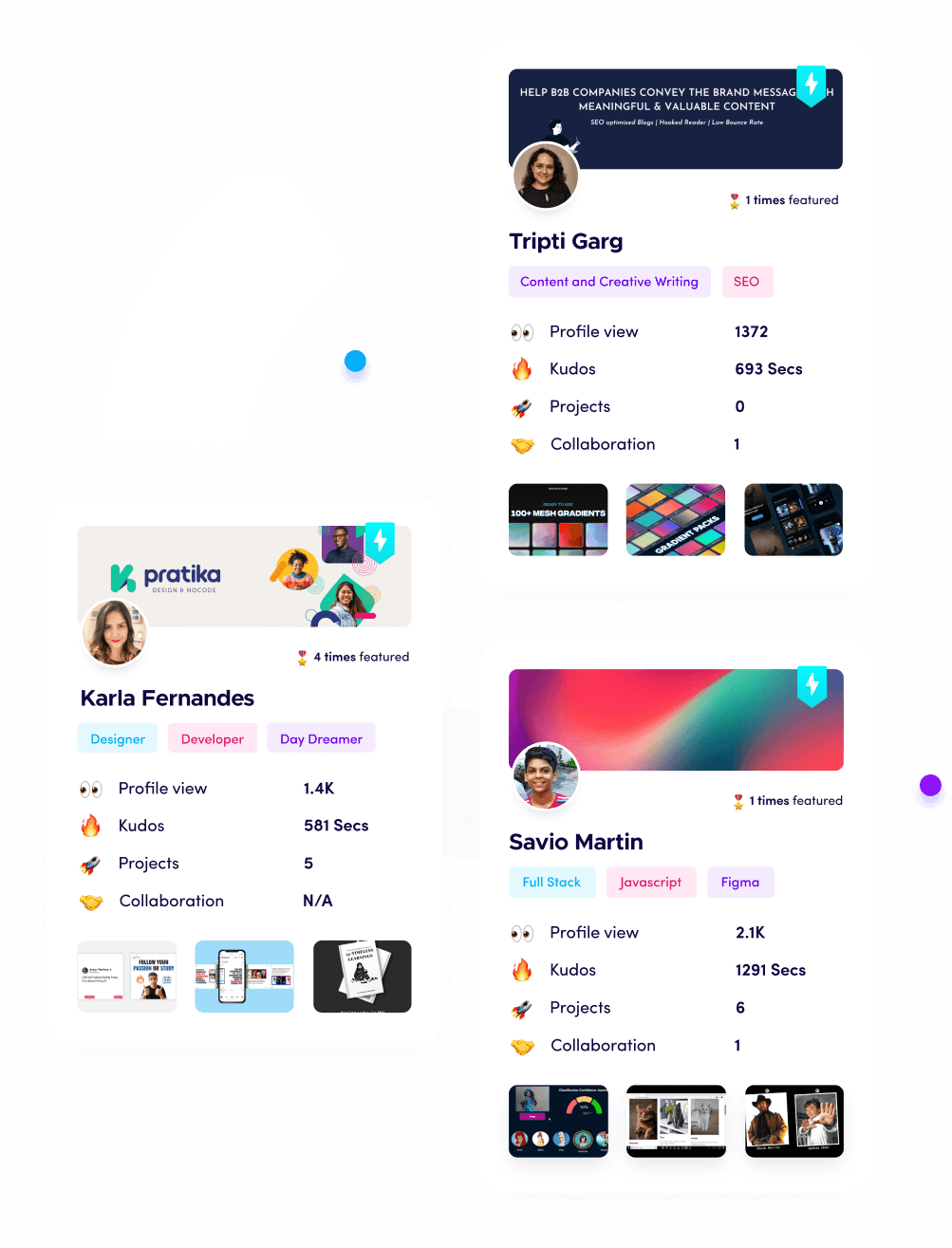15 Portfolio Tips for US-Based Software Developers

Riten Debnath
29 Jun, 2025

A strong software developer portfolio is your ticket to getting noticed by US companies in 2025. Employers want to see proof of your coding skills, real-world projects, and your ability to solve problems. With the right approach, your portfolio can help you land interviews and job offers faster than any resume.
I’m Riten, founder of Fueler—a platform that helps freelancers and professionals get hired through their work samples. In this article, I’ll share 15 portfolio tips for US-based software developers. Beyond mastering technical skills, the real secret is presenting your work smartly. Your portfolio isn’t just a collection of projects—it’s your proof of skill, your credibility, and your shortcut to trust.
1. Start with a Clear Introduction
Begin your portfolio with a short, clear introduction about who you are and what you do. This helps employers quickly understand your background and what makes you unique as a developer.
- Write a 2-3 sentence summary
- Mention your main programming languages or frameworks
- Highlight your experience level
- Add a friendly photo if possible
Why it matters: A clear introduction grabs attention and sets the tone for your portfolio. US companies want to know who you are before diving into your work.
2. Showcase Your Best Projects First
Put your strongest and most relevant projects at the top of your portfolio. This ensures employers see your best work right away and get a sense of your abilities.
- Feature 2-4 top projects on your homepage
- Use project thumbnails or screenshots
- Provide short descriptions for each project
- Link to live demos or GitHub repos
Why it matters: First impressions count. Leading with your best work helps you stand out and keeps recruiters interested.
3. Include Real-World, Problem-Solving Projects
US employers love to see how you solve real problems. Include projects that demonstrate your ability to tackle practical challenges, not just code for code’s sake.
- Add case studies for real clients or users
- Show before-and-after results
- Explain your problem-solving process
- Highlight user feedback or success metrics
Why it matters: Problem-solving skills are in high demand. Showing real-world impact proves you can deliver value to any company.
4. Use Clean, Readable Code Samples
Share code snippets or links to repositories with clean, well-documented code. This shows you write maintainable and professional-quality software.
- Link to GitHub or GitLab repositories
- Use code formatting and comments
- Highlight best practices in your code
- Include README files for context
Why it matters: Readable code is a must for team projects. US companies look for developers who write code others can understand and build on.
5. Explain Your Role in Each Project
For every project, describe exactly what you did. This gives context and helps employers see your contributions, especially in team settings.
- Specify your responsibilities (e.g., frontend, backend, full stack)
- Mention technologies you used
- Highlight any leadership or collaboration
- Note if you worked solo or in a team
Why it matters: Clear roles help recruiters match your experience to their needs. It avoids confusion and builds credibility.
6. Add Screenshots and Demos
Visuals make your portfolio engaging and help employers quickly grasp what your projects do. Screenshots and demos bring your work to life.
- Include screenshots of app interfaces or features
- Link to live demos or hosted projects
- Add short video walkthroughs if possible
- Use captions to explain visuals
Why it matters: Seeing is believing. Visuals make your projects more memorable and easier to evaluate.
7. Write Brief, Impactful Project Descriptions
Keep your project descriptions short but meaningful. Focus on what the project does, the problem it solves, and your main contributions.
- Use 3-5 sentences per project
- Mention the tech stack
- Describe the problem and solution
- Highlight results or user impact
Why it matters: Concise descriptions save recruiters time and make your achievements clear at a glance.
8. Highlight Collaboration and Communication
Show you can work well with others—a key skill for US software teams. Mention times you collaborated, led meetings, or contributed to open source.
- List team projects or group assignments
- Mention tools like Git, Slack, or Jira
- Share examples of code reviews or pair programming
- Note any leadership roles
Why it matters: Collaboration is essential in US tech jobs. Proving you’re a team player increases your chances of getting hired.
9. Keep Your Portfolio Updated
Regularly update your portfolio with new projects, skills, or certifications. This shows you’re active in your field and always learning.
- Add recent projects or code samples
- Update your skills and tech stack
- Remove outdated or less relevant work
- Note any new certifications or courses
Why it matters: An up-to-date portfolio signals you’re engaged and serious about your career, which US employers value highly.
10. Use Simple, User-Friendly Design
A clean, easy-to-navigate portfolio helps employers focus on your work. Avoid clutter and make sure everything is easy to find.
- Use a simple layout and clear menus
- Make sure your site is mobile-friendly
- Use readable fonts and colors
- Test navigation for ease of use
Why it matters: Good design reflects your attention to detail. US companies appreciate developers who care about user experience.
11. Add a Skills Section
List your technical and soft skills in a dedicated section. This gives recruiters a quick overview of what you bring to the table.
- List programming languages and frameworks
- Mention tools and platforms (e.g., AWS, Docker)
- Highlight soft skills like problem-solving or communication
- Use icons or badges for visual appeal
Why it matters: A skills section makes it easy for US recruiters to match your abilities to job requirements.
12. Share Testimonials or References
Positive feedback from clients, teammates, or mentors adds credibility. Include short testimonials or reference quotes in your portfolio.
- Ask for short quotes from colleagues or clients
- Add LinkedIn recommendations
- Place testimonials near relevant projects
- Keep feedback specific and authentic
Why it matters: Testimonials build trust and show you’re respected by others in your field—a big plus for US employers.
13. Link to Your Professional Profiles
Make it easy for employers to find you elsewhere online. Link to your LinkedIn, GitHub, or other relevant profiles.
- Add LinkedIn and GitHub links
- Include Twitter or personal blog if relevant
- Use icons for clean presentation
- Place links in your header or footer
Why it matters: Recruiters often check your online presence. Direct links help them learn more about you and see your activity.
14. Optimize for Search and Accessibility
Use keywords and accessible design so your portfolio shows up in searches and is usable by everyone.
- Add keywords in titles and descriptions
- Use alt text for images
- Make sure your site is keyboard-navigable
- Follow accessibility best practices
Why it matters: Better search and accessibility increase your reach and show you care about all users—qualities US companies value.
15. Use Fueler to Organize and Share Your Work
Fueler is a portfolio platform built for developers who want to get hired through real assignments. You can upload projects, organize them by skill or tool, and share them directly with US companies looking for proven talent.
- Assignment-based project uploads
- Analytics and sharing tools
- Direct connections to hiring companies
- Easy organization of code samples and case studies
Why it matters: Fueler helps you stand out by focusing on real work, making it easier for US employers to trust your skills and hire you for software roles.
Final Thoughts
A great developer portfolio is more than a list of projects—it’s your proof of skill and your best marketing tool. By following these tips and using platforms like Fueler, you’ll make it easy for US companies to see your value and invite you for interviews.
FAQs
1. What should I include in my software developer portfolio for US jobs?
Include your best projects, clear descriptions, code samples, skills, and links to your professional profiles.
2. How often should I update my developer portfolio?
Update it every few months or whenever you complete significant new work or learn new skills.
3. Why are visuals important in a developer portfolio?
Screenshots and demos make your projects easier to understand and more engaging for recruiters.
4. How can I prove teamwork in my portfolio?
Mention collaboration, code reviews, and team projects, and share testimonials from colleagues.
5. Is Fueler good for software developers?
Yes, Fueler lets you organize and share real work samples, making it easy for US companies to evaluate and hire you.
What is Fueler Portfolio?
Fueler is a career portfolio platform that helps companies find the best talents for their organization based on their proof of work.
You can create your portfolio on Fueler, thousands of freelancers around the world use Fueler to create their professional-looking portfolios and become financially independent. Discover inspiration for your portfolio
Sign up for free on Fueler or get in touch to learn more.


